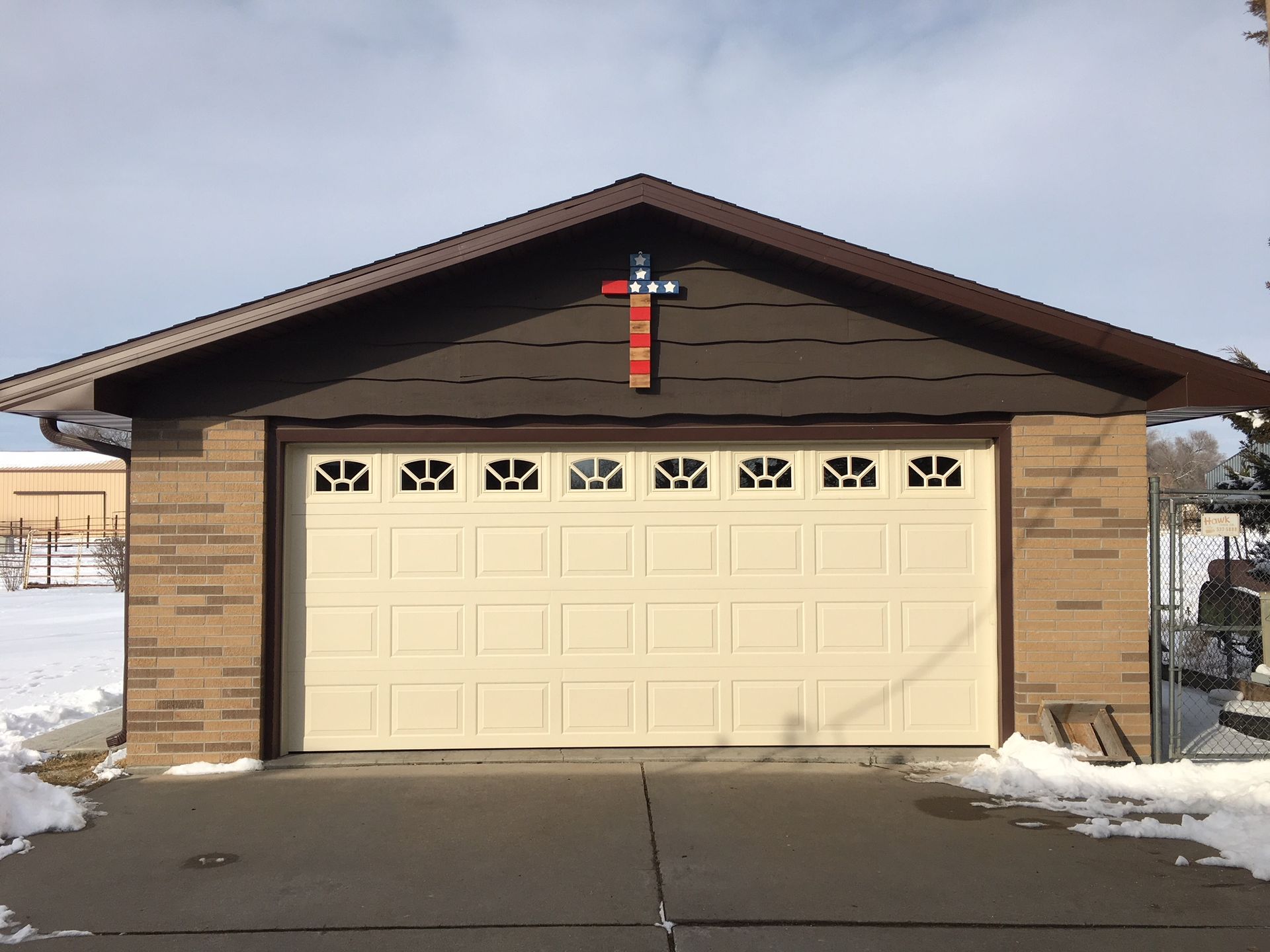Your overhead door does more than just provide entry and exit; it protects your home, keeps energy costs down, and enhances curb appeal. But like any complex equipment, it needs care. Ignoring subtle issues can lead to costly repairs—or worse, a door that stops working entirely. Let’s explore the top 5 signs your overhead door might need repair and why acting quickly is key.
Strange Sounds from Your Garage Door
Does your overhead door creak, grind, or make high-pitched noises? These sounds are not just annoying—they’re a cry for help. Unusual noises can indicate issues with the door’s torsion springs, tracks, or motor. Left unchecked, these minor issues can escalate into serious breakdowns.
Your Door Hesitates?
If your overhead door is slow to open or close, it might be due to aging parts or problems with the system. A door that delays could pose a safety risk, especially if it malfunctions while in use. Timely intervention can get it back to working efficiently.
Sagging: A Structural Concern
Have you noticed misaligned or sagging sections in your overhead door? This is often a sign of compromised stability or tension issues. Beyond being unattractive, sagging can make your garage less secure and efficiency.
Higher Utility Costs?
A poorly fitted or damaged overhead door can cause drafts, making your HVAC system work harder. If you’ve noticed your energy bills creeping up, your garage door could be the culprit. Repairing or upgrading your door can save you money in the long run.
Signs of Wear and Tear
Dents, cracks, or rust are clear indicators that your overhead door has been through a lot. While some damage might appear minor, it can weaken the door’s integrity and make it more susceptible to malfunctions. Addressing these issues promptly is critical for secure operation and performance.
